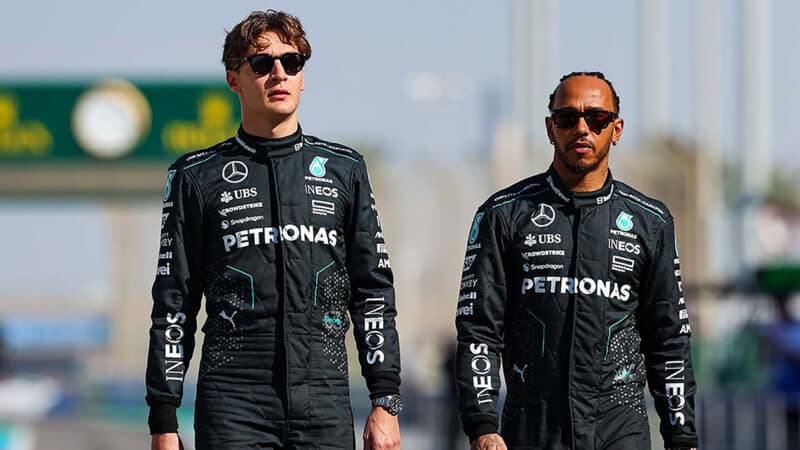It’s probably not a surprise that the biggest margin is that between Max Verstappen and Sergio Perez at Red Bull, but more than double that between Fernando Alonso and Lance Stroll at Aston?
Obviously team-mate comparisons cannot tell us much about how drivers from different teams compare. It’s a competition between both cars and drivers. Historically there has been a bigger difference between cars than drivers. Despite how much the field has closed up in the last couple of years, that’s probably still the case. The gap between the fastest qualifying team (Red Bull) and the slowest (Sauber) is around 1.5sec. Obviously, there’s a certain circularity in that measure as Verstappen is almost certainly a faster driver than Valtteri Bottas. But not by anything like 1.5sec. Even – for the sake of argument – we put Bottas on a par with Perez (and I’d have bet my house on Bottas over Perez on a qualifying lap any time in the last eight seasons), the gap between the cars is three times as big as the biggest gap between team-mates.
Here is the order of average qualifying performance for each car. A theoretical pole (i.e. the average of the fastest qualifying times from each track would be 1min 25.535sec). From that we get:
| Constructor | Average qualifying time | |
| 1 | Red Bull | 1min 25.623sec |
| 2 | McLaren | 1min 25.803sec |
| 3 | Ferrari | 1min 25.948sec |
| 4 | Mercedes | 1min 26.052sec |
| 5 | Aston Martin | 1min 26.411sec |
| 6 | RB | 1min 26.539sec |
| 7 | Haas | 1min 26.645sec |
| 8 | Alpine | 1min 26.851sec |
| 9 | Williams | 1min 26.977sec |
| 10 | Sauber | 1min 27.147sec |
So the car is still dominant. But the intriguing question to ponder is in cases where the speed between cars is extremely close, how much difference is the driver making? Red Bull has an average of 0.15sec over McLaren so far. Is that the difference of Verstappen over Lando Norris? Would those positions be reversed if the drivers were swapped? Or is Norris actually flattering the McLaren? There’s only 0.2sec between Aston, RB and Haas. Who’s the quickest of those teams’ lead drivers? Alonso, Tsunoda or Hulkenberg? Is Albon faster or slower than Ocon? Is Bottas still as fast as when in his best year he was within a 0.15sec of Hamilton at Mercedes?
The fact that we don’t definitively know the answers to these questions – and the even more intriguing probability that the answers are changing all the time – is actually at the heart of the sport’s fascination.




